Urban Layout : Streets and Historic Districts of Palermo
The Morphology of Palermo: Evolution of Neighborhoods and Urban Transformations
Palermo, the capital of Sicily, is a city with many facets, whose urban morphology tells a story of centuries of dominations, social transformations, and cultural evolution. From the historic districts of the center to the more modern and residential areas, Palermo is a city that has developed through a complex blend of architectural and cultural influences, reflecting its rich past and ongoing ability to adapt to the present. In this article, we will explore the city’s morphology, focusing on its main neighborhoods and their evolution over time, with a particular look at the Foro Italico, one of the symbols of the city’s urban renewal.
The Historic Center: The Four Mandamenti and the Heart of Palermo
The historic center of Palermo is the beating heart of the city, where history, art, and culture intertwine. This ancient core is divided into four main districts, known as mandamenti, which date back to the Phoenicians (8th centurt BC), with continuous transformations until the Spanish domination. The four mandamenti are:
- Kalsa (Tribunali): Kalsa is one of the oldest neighborhoods in Palermo, founded by the Arabs in the 9th century as a fortified citadel. The name “Kalsa” comes from the Arabic “al-Halisah,” meaning “the chosen.” Today, Kalsa is a vibrant and evolving neighborhood, rich in architectural heritage, including the Church of La Magione, the Church of Santa Maria dello Spasimo, Steri palce (seat of the inquisition) and Abatellis palace, home to the Regional Gallery of Sicily. In recent years, Kalsa has undergone urban regeneration, becoming a cultural and artistic hub of the city.
- Albergheria (Palazzo Reale): Located between the Palazzo dei Normanni and the Ballarò Market, Albergheria has medieval origins. It is known primarily for the Ballarò Market, the oldest and most authentic in Palermo, where the atmosphere of the past can still be felt. Albergheria is also home to important monuments, such as the Church of the Gesù and the Palazzo dei Normanni, which houses the Palatine Chapel, one of the masterpieces of Byzantine art.
- Monte di Pietà (Capo): Also known as the “Capo” district, this mandamento is famous for the Capo Market and the presence of the Teatro Massimo, one of the largest opera houses in Europe. The district is characterized by a labyrinth of narrow alleys and streets that still retain the charm of the past. Capo is a popular and authentic neighborhood where street life and culinary traditions are an integral part of the local identity.
- Loggia (Castellammare): This district takes its name from the ancient merchants’ lodge, once the commercial center of the city. Loggia is known for the Vucciria, a historic market that, while it has lost some of its original function, remains a symbol of popular Palermo and a gathering place for young people thanks to its many nightlife spots.
These four mandamenti represent the original nucleus of Palermo, each with its own personality and peculiarities, yet all connected by an urban fabric that reflects the city’s historical complexity and richness. Piazza Vigilena (commonly called “Quattro Canti”) marks the point where the four mandamenti converge, also known as the “Teatro del Sole” (Theater of the Sun), as from its center, you can see the sun from sunrise to sunset along Vittorio Emanuele road.
For reference, our apartment Casa Cassarelli, is located in the Loggia district, close to the sea and in one of the most sought after areas, as it’s quiet and well connected.
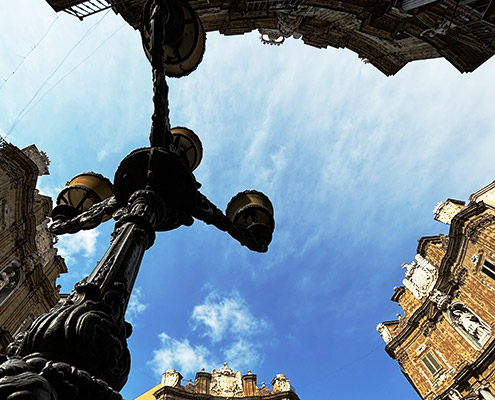
Historic Neighborhoods Beyond the Mandamenti
Beyond the historic center, Palermo is characterized by other historic neighborhoods that have played a crucial role in the city’s urban development. In total, there are 25 neighborhoods, but among the oldest are:
- La Zisa: This neighborhood is named after the famous Zisa Castle, a masterpiece of Arab-Norman architecture built in the 12th century. Originally conceived as a royal summer residence, the castle and its gardens are now in a neighborhood that has undergone numerous changes over the centuries, becoming a popular residential area with a strong cultural identity.
- Noce: Traditionally a working-class neighborhood, Noce is an area of Palermo that expanded during the industrial period of the 19th century. It is a neighborhood that has preserved its popular spirit, with narrow streets and vibrant neighborhood life. The presence of numerous palaces and historic villas testifies to the aristocratic past of some areas.
- Mondello: A bit further from the center, Mondello is Palermo’s coastal district, famous for its white sandy beach and crystal-clear waters. Once a small fishing village, Mondello has become one of the city’s most sought-after seaside destinations, with elegant Art Nouveau villas that testify to its glamorous past.
Foro Italico: A Symbol of Urban Renewal
Foro Italico is one of the most important and evocative urban spaces in Palermo. It is a vast green area that stretches along the coast, offering a beautiful view of the sea and a recreational space for both locals and tourists. Originally created during the Bourbon period in the 18th century as an open area for the public, it has undergone many transformations over time.
In the 1990s, Foro Italico was the subject of a major urban redevelopment project, transforming it into a modern public park, with vast lawns, tree-lined avenues, and pedestrian and cycling paths. Today, it is a symbol of Palermo’s urban renewal, representing the city’s connection to the sea and its Mediterranean, open, and welcoming identity.
Foro Italico is also a meeting point for cultural events and festivals and a place of relaxation for those who want to take a walk or simply enjoy the view. It encapsulates Palermo’s desire to reclaim its relationship with the sea after years of neglect and degradation, returning it to the city as a place of social interaction and beauty.
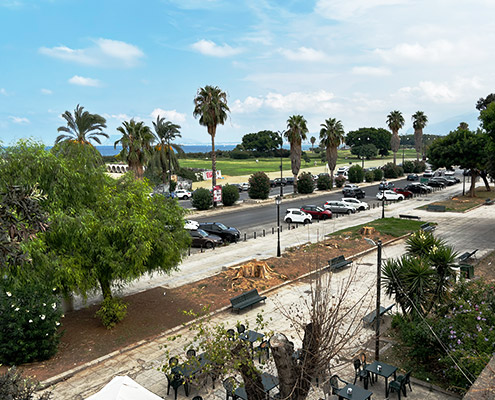
Modern Neighborhoods: Between Innovation and Continuity
Alongside the historic neighborhoods, Palermo has seen the development of modern areas that reflect the city’s social and economic evolution. Districts such as Politeama, Libertà, and Borgo Vecchio represent the more modern face of Palermo, with residential buildings, offices, and commercial spaces that have transformed the urban fabric.
- Politeama: Dominated by the imposing Teatro Politeama Garibaldi, this neighborhood is the vibrant heart of modern Palermo. Here you’ll find elegant avenues like Via della Libertà, home to luxury boutiques, historic cafes, and some of the city’s finest restaurants. The neighborhood is a mix of old and new, where historic buildings coexist with more recent constructions in a dynamic and lively urban context.
- Libertà: Adjacent to Politeama, the Libertà district is one of the most elegant in Palermo. Known for its wide, tree-lined avenues and beautiful Art Nouveau villas, the neighborhood has maintained a refined and peaceful atmosphere. It is a highly sought-after residential area, characterized by a high quality of life and a wide range of services.
- Borgo Vecchio: Once a fishing village, today Borgo Vecchio is a popular neighborhood that has retained its authentic soul despite the urban transformations that have shaped the city. It is a neighborhood that has kept its connection to traditions alive, as evidenced by the presence of numerous local markets and historic shops.
Conclusion
The morphology of Palermo is the result of a complex and fascinating history, which has seen the city transform and adapt over the centuries. From the historic districts of the center to the more modern areas and new public spaces like the Foro Italico, Palermo is a city that tells its story through its streets, buildings, and open spaces.
Every neighborhood in Palermo has its own identity, its own history, and its own charm, contributing to the unique mosaic that is this city. Exploring Palermo means immersing yourself in an ever-evolving urban reality, where the past and present coexist in a surprising balance, making every visit an opportunity for discovery.

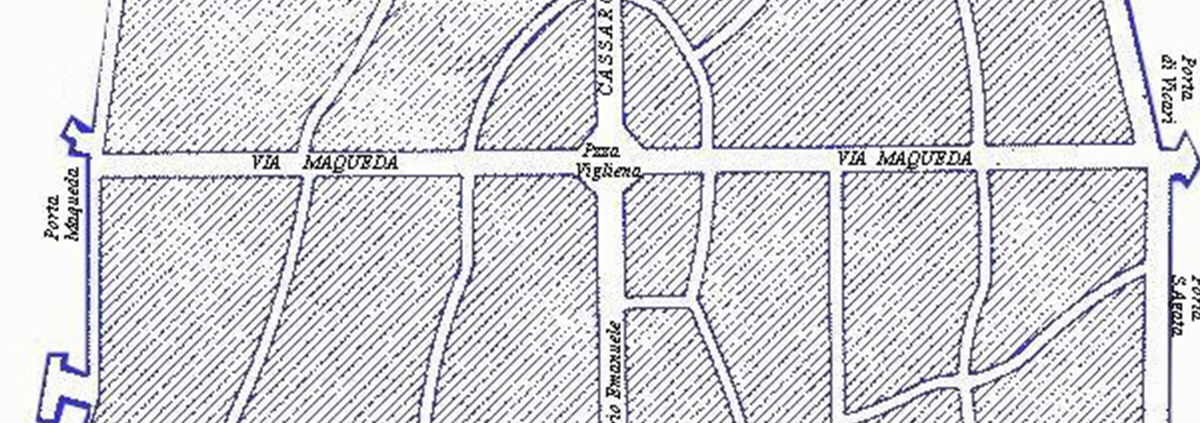
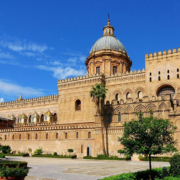

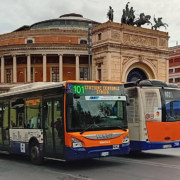
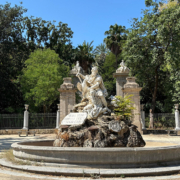
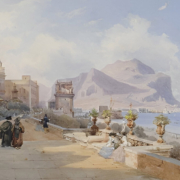
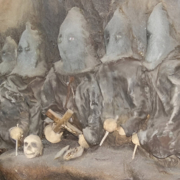
 2024 visit-palermo.com
2024 visit-palermo.com